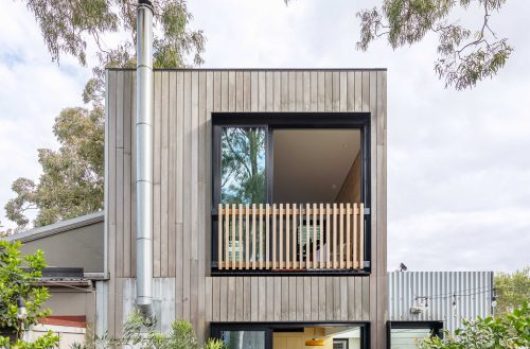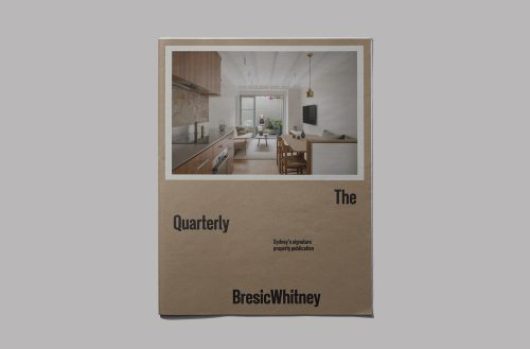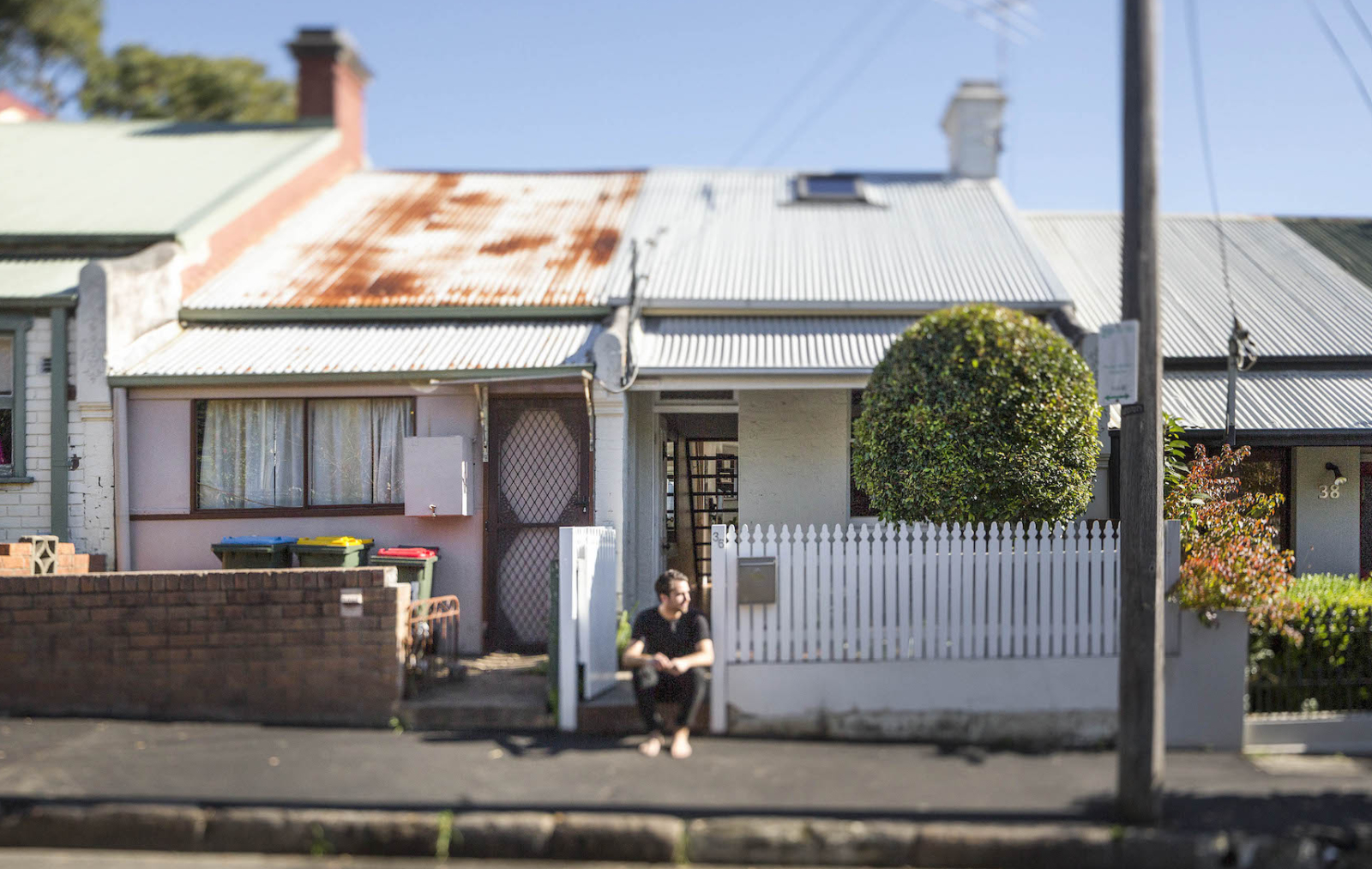
The new market: price beats location
Picture this: it’s 2016 and a small army of buyers has amassed for a unit auction in Randwick. After a flurry of bidding, the home (1-bed/1-bath/1-car) is pushed above reserve, selling for $803,000.
A few months later and a neighbouring unit is on the market. Another 1-bed/1-bath/1-car home, this one is better thanks to its top floor position and views to the ocean. It passed in at auction last weekend and is now for sale at $795,000.
The same scene is unfolding in the inner-city house market. Early this year a 1-bedroom terrace on 50sqm of land in Darlinghurst sold in just days for $1.29 million. Last month, a similar terrace on 49sqm took its time to sell. With a better renovation plus an additional bedroom, it tempted fewer buyers at $1.25 million.
Welcome to the new market.
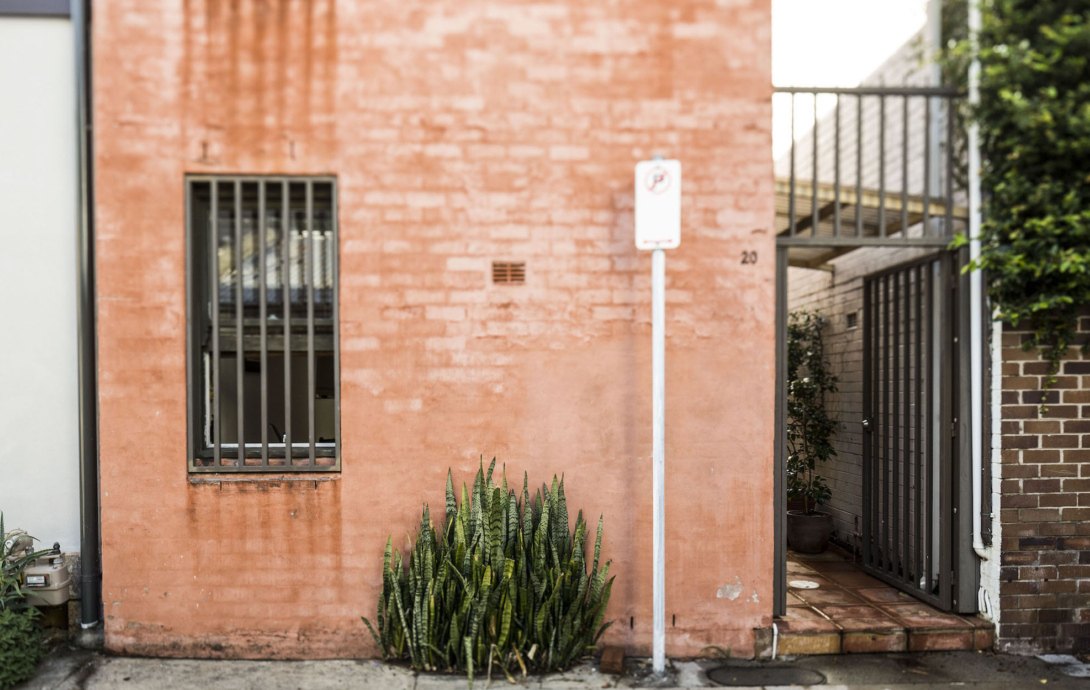
Before this new dynamic hit, the seller would have demanded more than whatever sold previously – not debatable.
The first emotions to be uprooted in a transitional market are those unsustainable ones. “My house is better, mine is worth more” no longer applies because buyers are saying, “that was then this is now”.
Two weeks ago, we sat in on 5 auctions across town, in a room full of buyers. Every property required a ‘vendor bid’, and there were no bites from bidders. Not one. They were present, and registered, but they had opposing price expectations. The sellers were on a different trajectory to their buyers.
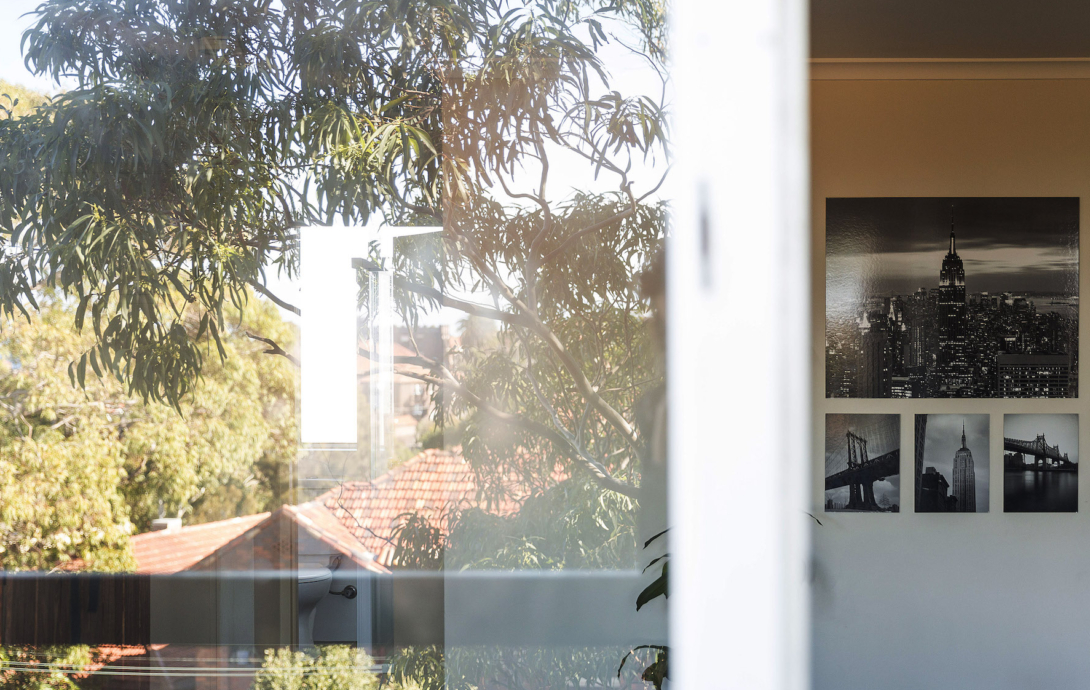
CoreLogic analysis Tim Lawless this month told ABC news our strong growth phases are usually followed by a period of correction. These corrections typically last around 18 to 24 months and can see values taper back between 2 and 10 per cent.
Let’s assume a correction is upon us. On the front lines, we’re drifting from a market of recognisable fundamentals, to a market we haven’t known in years. Our shift in mood is a result of fewer buyers coming to the party than 18 months ago. They’ve been declining across all sectors for a while.

At open homes, the focus is shifting from buyers, and onto sellers. With buyers behaving with more price sensitivity, agents and vendors need to understand their values better, balancing expectations and sentiment.
The lack of energy is flowing into auctions perhaps more than Sydney realises. Here’s why: agents are the ones reporting clearance rates. The results hinge on their mood.
When a property is passed in at auction, agents don’t answer phone calls re: data collection. But when a property sells, they’ll report their 100% clearance every time.
It’s uncanny to think that when our capital cities’ clearance rates dipped below 70% recently ‘for the first time in 3 months’, they were probably a lot lower. And that’s why effective agents should be delivering their customers alternative indicators to auction clearance rates.
That aside, the new market is testing agents’ abilities to transact with 1 or 2 buyers, instead of the 7 or 10 they’re accustomed to.

Conversely, these transitional periods have previously come with links between government policy and spikes in first-homebuyer activity. With new stamp duty concessions estimated to deliver savings of up to $24,740 for first homebuyers in NSW, many have been preparing to take advantage of a calmer market.
And the market is filled with other buyers who feel burnt after missing out in the recent frenzy. How calm do the seas have to become before they dive back in?
The property market is a melting pot of different emotions, not a pool that can be measured with a handful of statistics.
That’s why labeling it boom or gloom, fuels irrepressible sentiment (whether bullish or bearish). There’s more moving parts than that.
For now, follow this re-calibration intently. It’s just getting interesting.
